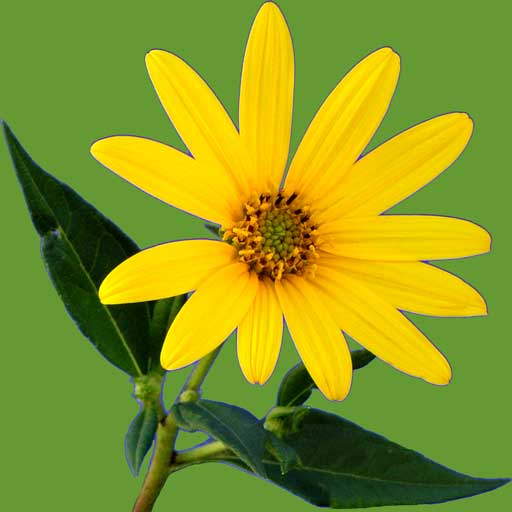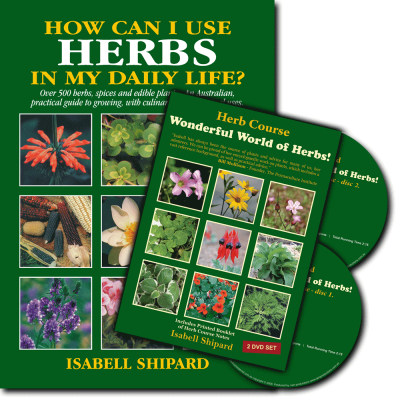F. Urticaceae (name derived from ‘noedi’ meaning needle)
Description
Over 500 species of nettle grow worldwide, some more obnoxious than others for their powerful sting. A species native to Java can inflict a sting that may last many months. The species listed below have similar properties, and are the main species used for medicinal and culinary uses. Greater Nettle (Urtica dioica) Netel, Brennessel, Wergula, Stinging-leaf, Hokey-pokey, Jenny-nettle, The Arthritic’s helper. Very hardy, perennial, 1-1.8 metres high, with sprawling or erect, quadrangular stems, covered with fine stinging hairs. Ovate shaped leaves, to 10cm long, with deeply serrated margins, covered in fine hairs.

The species name, ‘dioica’, indicates that the male and female flowers usually form on different plants. The white/green flowers form in tiny clusters. Propagation is by seed, cuttings or root division. Roots spread underground, similar in habit to mint. For this reason, it is wise to plant within a barrier, or give it a spot on its own where it will not grow into other plants. Nettle is adaptable to any soil or climate. This is the species I prefer to grow, as it is a perennial, which means I have leaves to pick all year around. In very cold climates, this nettle may die down for winter. Nettle will grow well in a bucket-sized pot, or a styrofoam box, which gives people living in flats with limited space, an opportunity to use the herb.
Lesser Nettle (Urtica urens) Dog nettle, Devil’s herb. Annual bush, to 1 metre, with smaller leaves than U. dioica. In Queensland, it grows during the cool, winter months and does not sprawl or sucker underground. Fine, stinging hairs cover the whole plant, and clusters of small, white/green flowers, form at terminal and leaf axil points. Propagation is by seed. The plant is seasonal and adaptable to any climate. Scrub Nettle (Urtica incisa) Native to Australia, a hardy perennial with upright stems or sprawling habit, similar in growth and appearance to Urtica dioica. Often found growing thickly along creeks and rainforest edges, so beware when bush walking, as it has a vicious sting just like U. dioica and U. urens.
Ramie or False Nettle (Boehmeria nivea) (p265) Chuma, White nettle. Extremely hardy perennial bush 1-3 metres. Large, attractive, heart-shaped leaves, to 15cm long, with coarsely serrated leaf margins. The top of the leaf is green in colour, and the underside is white and downy. The plant has no stinging hairs. White/creamy flowers form in long panicles, in the leaf axils. This species does not send runners, like the perennial nettles, but sends upright, cane-like, clumping stems, around the base of the plant. Ramie is unisexual, monoecious and under certain conditions, pseudodioecious and cross-pollinating.
… … omitted text, please see How can I use HERBS in my daily life? for full text.
Serotonin occurs in nettle, and is found to be of great benefit to many people who suffer from depression. Serotonin has a major role as a neuro-transmitter in the central nervous system. Research in Europe, on the antiinflammatory potential of nettle, showed that the herb has a very strong action to de-activate cytokines that perpetuate the inflammatory destruction of cartilage and bone. Therefore, nettle can help to inhibit joint and bone destruction, and slow the progression of the disease.
… … omitted text, please see How can I use HERBS in my daily life? for full text.
Nettle is a rich source of antioxidants. Antioxidants are important to protect the body from free radical damage. Vitamins A, C and E in nettle provide a rich source of antioxidants. There is overwhelming research evidence that high levels of antioxidants, consumed daily, protect against cataracts, reduce the risk of cardiovascular disease, cancer and slow the ageing process. Vitamin A is essential for protein digestion, fighting infection and for building the immune system. Vitamin C protects against excessive acidity in the body. Vitamin C is often called the youth vitamin and as we age we require an additional intake. 400 I.U. of vitamin E is the minimum daily level for effective health care. Eating nettles regularly will boost vitamin E intake. Nettle is a good source of vitamin D. Vitamin D is vital for muscular function, the nervous and glandular systems and is of paramount importance in regulating all vitamin and mineral metabolism, including the absorption of calcium. Nettle is a valuable K vitamin provider, essential to good function of the circulatory system, heart, liver, and the process of blood coagulation. Nettle is a supreme herb for its rich mineral content: calcium and magnesium for bone building; potassium that combines with iron to transport oxygen to the cells, and elimination of toxic wastes; phosphorous to stimulate brain cells; chlorine to aid digestion; sulphur to build strong nerves, assist oxygen transportation, and purify blood; copper to protect the lungs from infection; and silica (in a readily absorbable form) an extremely important mineral for cell rejuvenation. Studies in Poland showed that the silica occurs in the fine needles, yielding 5mg of soluble silica, per 1 gram of nettle, when extracted as a decoction. Knowing this helps us to understand why nettle is so beneficial to health. Silica is an essential mineral for healthy hair, skin and teeth and to protect against baldness, infection, poor vision, mental fatigue and nervous exhaustion. It is vital in the formation of healthy red blood cells and blood circulation. Silica deficiency is often related to the formation of arthritic conditions. Manfred Urs Koch, in ‘Laugh with health’ writes, ‘Silica rich foods protect the body against the development of cancerous tissue’. Claire Swain, in her book, ‘Nettles’, writes that: ‘Silica is one of the many good things in nettle. Silica is a rejuvenating substance that delays the ageing process by keeping the cells healthy’.
… … omitted text, please see How can I use HERBS in my daily life? for full text.




